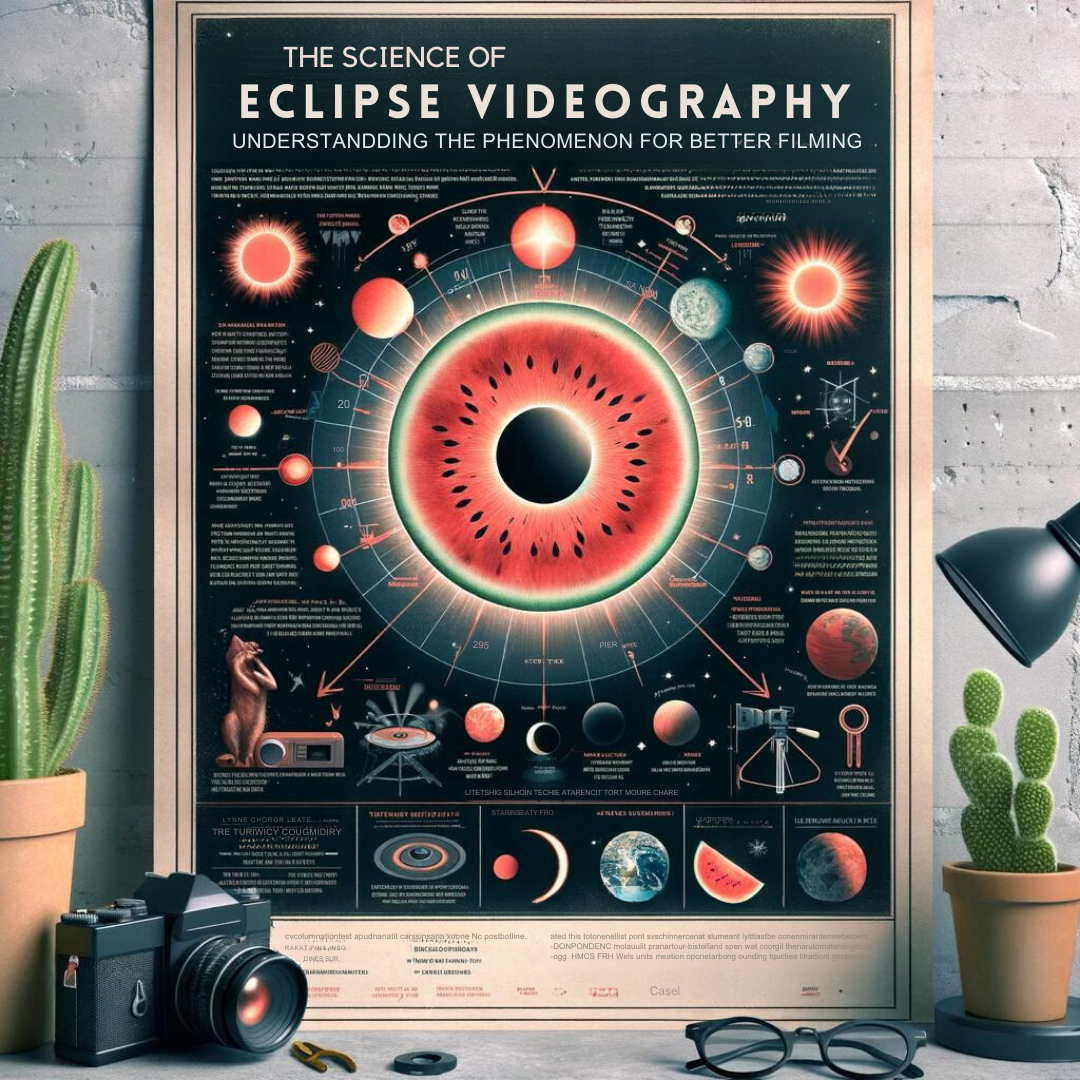
The phenomenon of an eclipse is one of the most stunning sights available from our vantage point on Earth. Whether it is a partial or a total eclipse, it is one of the most incredible events in nature. In recent years, there has been a popular trend of people recording and photographing eclipses, as well as sharing these experiences with others. But to truly capture the magnificence of an eclipse on film, there are some key science-based strategies for better eclipse videography. In this article, we will explore the science of an eclipse, and how to maximize your filming capabilities to capture it at its best.
Understanding the Phenomenon of an Eclipse
An eclipse occurs when one celestial body crosses the path of another, casting a shadow behind it. This means that the moon can fall into the shadow of the earth, producing a lunar eclipse, or the earth can fall into the shadow of the moon, producing a solar eclipse. Both of these events can be very difficult to capture on film due to the particular lighting conditions that accompany them. An eclipse can also be viewed as a whole, where the moon passes directly between the earth and the sun, and it is this event that is referred to most often when speaking of ‘solar’ or ‘lunar’ eclipses.
Understanding The Right Lighting Conditions
When capturing the perfect eclipse video, it is important to take into account the lighting conditions on the actual day of the eclipse. You will need to use a bit of additional equipment compared with regular photography experiences in order to effectively capture the eclipse. You may need to adjust your camera settings to accurately capture the unique light conditions of the eclipse. In a solar eclipse, the sky will darken as the moon passes in front of the sun’s disk, whereas in a lunar eclipse, the moon will often appear to turn a dark red color as it passes into the earth’s shadow. When recording an eclipse, it is important to be mindful of the changing light conditions and adjust your camera settings accordingly. A good practice to get used to the right light levels and camera settings for eclipses is to experiment with the camera on a clear sunny day and gradually increase youe camera settings, making sure to closely observe the lighting conditions in the viewfinder.
Learning to Use Different Lenses and Accessories
Many videographers will find that having different lenses and accessories available can help to capture the eclipse in different ways. For example, a long telephoto zoom lens of 300 mm or more can often be helpful to get a close-up view of the moon or sun as it passes into the shadow of another celestial body. A wide-angle lens is also useful for capturing expansive landscape views of the eclipse event in its entirety. A barlow lens can also be used to magnify the image of the sun or moon when using a telescope to record an eclipse. The barlow lens is essentially an additional long-distance lens that can be used to better focus an image when shooting from a telescope.
Recording and Editing Your Eclipse Video
Once you have captured all of the footage of your eclipse event from within your desired location, you will need to carefully record and edit your eclipse video. As with most video editing tasks, the key to producing a great eclipse video is to use clean, smooth transitions and careful color correction to help the unique colors of an eclipse to shine through. Most modern video editing software tools will have the ability to adjust white balance and color temperature to achieve the best results with the unique lighting of an eclipse. Additionally, it can be useful to add in visual effects such as overlays, titles and captions to add to the visual interest of the video.
Conclusion
Recording an eclipse can be a unique and challenging endeavor, requiring the use of the best possible camera equipment and a good understanding of the science behind the phenomenon. In order to create a memorable and visually stunning eclipse video, it is important to use the right lenses and accessories and take advantage of the technical capabilities of modern video editing software tools. By understanding the science behind an eclipse and learning to capture the correct lighting levels and camera settings, it is possible to create a truly awe-inspiring eclipse video experience. With some careful preparation and practice, you will be able to capture an eclipse on film in the best possible light.
